Multimode fiber is a type of optical fiber used for short-distance transmission, widely utilized in scenarios such as campus networks, enterprise LANs, and data centers. Common types of multimode fibers available in the market include OM1, OM2, OM3, OM4, and OM5, each offering different data transmission capabilities.

Types and Differences of Multimode Fibers
Compared to single-mode fibers, multimode fibers have a larger core diameter, typically 50μm or 62.5μm, and support the propagation of multiple light modes. According to ISO 11810 standards, multimode fibers are categorized into OM1, OM2, OM3, OM4, and OM5 fibers.

1. OM1 fiber refers to multimode fiber with a bandwidth of over 200/500MHz·km at 850/1300nm wavelengths, using LED light sources. It has a core diameter of 62.5μm, and the outer jacket is typically orange. OM1 fiber is suitable for Ethernet speeds up to 10Gbps, especially common in Fast Ethernet. Due to its larger core diameter, OM1 fiber has strong light-collecting ability and bending resistance.
2. OM2 fiber refers to multimode fiber with a bandwidth of over 500/500MHz·km at 850/1300nm wavelengths, using LED light sources. It has a core diameter of 50μm, and the outer jacket is typically orange. OM2 fiber is suitable for Ethernet speeds up to 10Gbps, especially common in Gigabit Ethernet. Compared to OM1 fiber, OM2 fiber has a reduced core diameter, effectively reducing modal dispersion in multimode fiber, increasing bandwidth, and also lowering production costs by approximately one-third.
3. OM3 fiber is a laser-optimized multimode fiber that utilizes an 850nm VCSEL laser light source. It has a core diameter of 50μm, and the outer jacket is typically aqua. OM3 fiber is suitable for Ethernet speeds up to 100Gbps, primarily used in 10 Gigabit Ethernet. Compared to OM1 and OM2 fibers, OM3 offers higher transmission speeds and bandwidth, hence it is also referred to as laser-optimized multimode fiber or 10 Gigabit multimode fiber.
4. OM4 fiber is an upgraded version of OM3 multimode fiber with superior performance. It offers more than double the effective bandwidth of OM3 fiber while remaining compatible with OM3 fiber. The outer jacket is typically aqua. In Ethernet speeds exceeding 10Gbps, OM4 fiber provides longer transmission distances compared to OM3 fiber, reaching up to 400 meters.
5. OM5 fiber is a newly introduced high-bandwidth multimode fiber that is backward compatible with OM4 fiber. It has the same core diameter as OM2/OM3/OM4 fibers (50μm), and the outer jacket is typically lime green.
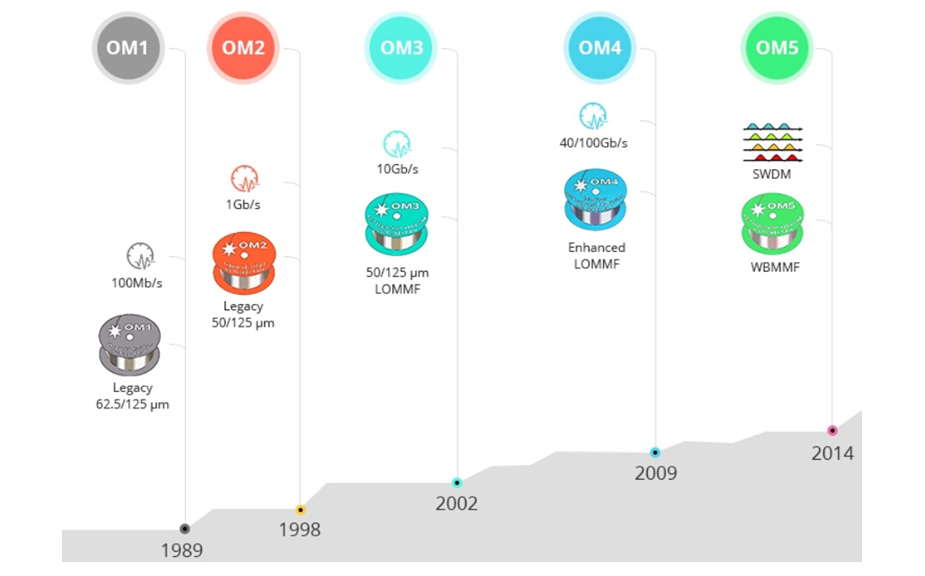
In summary, the main differences between OM1, OM2, OM3, OM4, and OM5 multimode fibers lie in their physical characteristics and the different application scenarios they are designed for.

Development Trends and Applications of Multimode Fibers
Frequently Asked Questions about Multimode Fibers

Types and Differences of Multimode Fibers
Compared to single-mode fibers, multimode fibers have a larger core diameter, typically 50μm or 62.5μm, and support the propagation of multiple light modes. According to ISO 11810 standards, multimode fibers are categorized into OM1, OM2, OM3, OM4, and OM5 fibers.

1. OM1 fiber refers to multimode fiber with a bandwidth of over 200/500MHz·km at 850/1300nm wavelengths, using LED light sources. It has a core diameter of 62.5μm, and the outer jacket is typically orange. OM1 fiber is suitable for Ethernet speeds up to 10Gbps, especially common in Fast Ethernet. Due to its larger core diameter, OM1 fiber has strong light-collecting ability and bending resistance.
2. OM2 fiber refers to multimode fiber with a bandwidth of over 500/500MHz·km at 850/1300nm wavelengths, using LED light sources. It has a core diameter of 50μm, and the outer jacket is typically orange. OM2 fiber is suitable for Ethernet speeds up to 10Gbps, especially common in Gigabit Ethernet. Compared to OM1 fiber, OM2 fiber has a reduced core diameter, effectively reducing modal dispersion in multimode fiber, increasing bandwidth, and also lowering production costs by approximately one-third.
3. OM3 fiber is a laser-optimized multimode fiber that utilizes an 850nm VCSEL laser light source. It has a core diameter of 50μm, and the outer jacket is typically aqua. OM3 fiber is suitable for Ethernet speeds up to 100Gbps, primarily used in 10 Gigabit Ethernet. Compared to OM1 and OM2 fibers, OM3 offers higher transmission speeds and bandwidth, hence it is also referred to as laser-optimized multimode fiber or 10 Gigabit multimode fiber.
4. OM4 fiber is an upgraded version of OM3 multimode fiber with superior performance. It offers more than double the effective bandwidth of OM3 fiber while remaining compatible with OM3 fiber. The outer jacket is typically aqua. In Ethernet speeds exceeding 10Gbps, OM4 fiber provides longer transmission distances compared to OM3 fiber, reaching up to 400 meters.
5. OM5 fiber is a newly introduced high-bandwidth multimode fiber that is backward compatible with OM4 fiber. It has the same core diameter as OM2/OM3/OM4 fibers (50μm), and the outer jacket is typically lime green.

In summary, the main differences between OM1, OM2, OM3, OM4, and OM5 multimode fibers lie in their physical characteristics and the different application scenarios they are designed for.
1. Physical Differences
There are differences in the physical characteristics of various multimode fibers, mainly including diameter, outer jacket color, light source, and bandwidth, as shown in the table below:


2. Application Differences
Various multimode fibers support different maximum transmission distances in various Ethernet applications, as shown in the table below:

Development Trends and Applications of Multimode Fibers
Driven by the demand for high-speed network applications, multimode fibers are evolving towards lower loss, higher bandwidth, and wavelength division multiplexing. With continuous improvements in fiber optic technology, multimode fibers have evolved from the original OM1 fiber to the current OM5 fiber, which supports 40/100G networks with superior performance.
Currently, OM1 and OM2 multimode fibers are mainly used for 1G Ethernet links within data centers. OM3 and OM4 multimode fibers are commonly deployed for 10G/40G data center fiber cabling. OM5 multimode fibers are suitable for high-speed Ethernet links of 40/100G. Compared to OM1/OM2/OM3/OM4 multimode fibers, OM5 multimode fibers offer higher scalability and flexibility, supporting higher network transmission rates with fewer cores, and their cost and power consumption are much lower than single-mode fibers.
It is anticipated that in the future, OM5 multimode fibers may be widely used in ultra-large data centers with speeds of 100G/400G/1T.
Frequently Asked Questions about Multimode Fibers
1. What are the differences between multimode fibers and single-mode fibers?
Core Diameter: Multimode fibers have a larger core diameter (usually 50/62.5μm) and can transmit multiple modes of light, while single-mode fibers have a smaller core diameter (usually 9μm) and can only transmit a single mode of light.
Bandwidth: Single-mode fibers typically have higher bandwidth than multimode fibers, up to 100,000GHz.
Light Source: Multimode fibers generally use LED light sources, while single-mode fibers typically use laser light sources.
Distance: Multimode fibers are suitable for short-distance applications, typically with transmission distances of up to 550m, while single-mode fibers are suitable for long-distance applications. When the transmission distance exceeds 550m, single-mode fibers are preferred.
Cost: The cost of multimode fibers is usually lower than that of single-mode fibers.
2. Types of Multimode Fiber Connectors
Currently, common multimode fiber connectors (i.e., terminations) include ST, SC, FC, LC, MU, E2000, MTRJ, SMA, DIN, and MTP&MPO, among which ST, SC, FC, LC, and MTP/MPO are the most commonly used fiber connector types. These five types of fiber connectors have different advantages, disadvantages, and functionalities. The table below lists the differences in plug size, insertion loss, and other aspects of ST, SC, FC, LC, and MTP/MPO connectors for multimode fibers:
[The table would be listed here detailing the differences in plug size, insertion loss, etc., for ST, SC, FC, LC, and MTP/MPO connectors in multimode fibers.]


Note: The plug refers to the cylindrical body of the fiber optic connector plug, which is precisely aligned and has a tiny hole in the center used to secure the fiber. Depending on the material used for the plug, it can be classified into ceramic plugs, glass plugs, plastic plugs, and metal plugs, among others.
3. Advantages of Multimode Fibers
While single-mode fibers have advantages in bandwidth and transmission distance, multimode fibers can meet the transmission distance requirements of the vast majority of indoor applications and data centers, with installation and maintenance costs far lower than single-mode fibers. Additionally, multimode fibers have some significant advantages, as described below:
Lossless Interference-Free Multi-User Backbone Network: The greatest feature of multimode fibers is their ability to simultaneously carry multiple optical signals on the same link. More importantly, there is almost no loss of optical signal power. Consequently, network users can send multiple data packets simultaneously through multimode fiber jumpers, ensuring all information is securely transmitted to the destination without any interference and remains unchanged.
Support for Multiple Protocols: Multimode fibers support various data transmission protocols, including Ethernet, wideband, and Internet protocols. Therefore, multimode fibers are regarded as the foundation for implementing core applications.
4. Can Multimode Fibers Be Used as Single-mode?
No, they cannot. Multimode fibers have significant dispersion and loss, making it impossible for optical signals to be transmitted over long distances on multimode fibers.
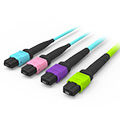
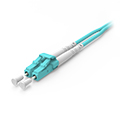
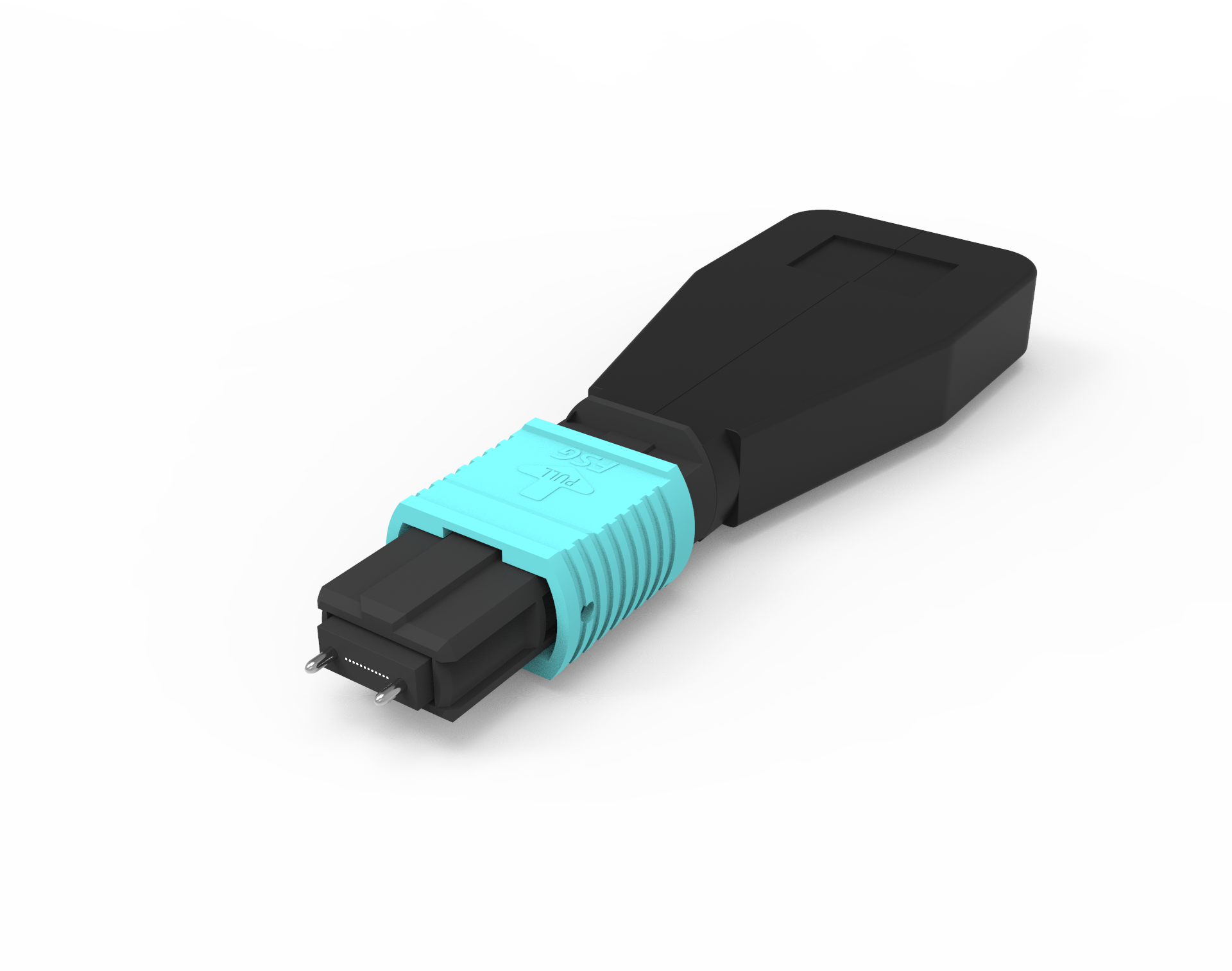
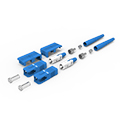
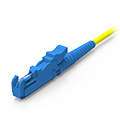
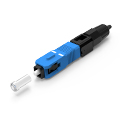
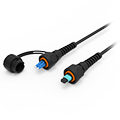
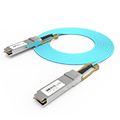
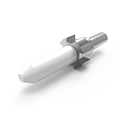
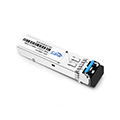
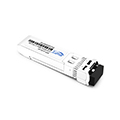
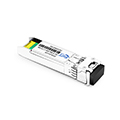
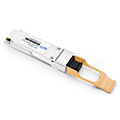
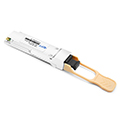

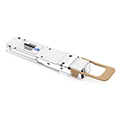
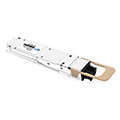
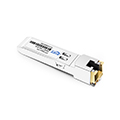
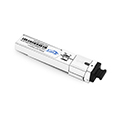
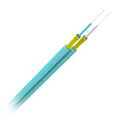
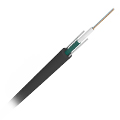
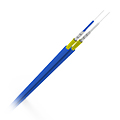
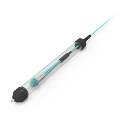
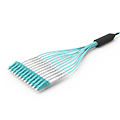
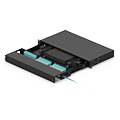
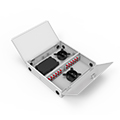
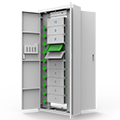
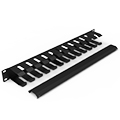
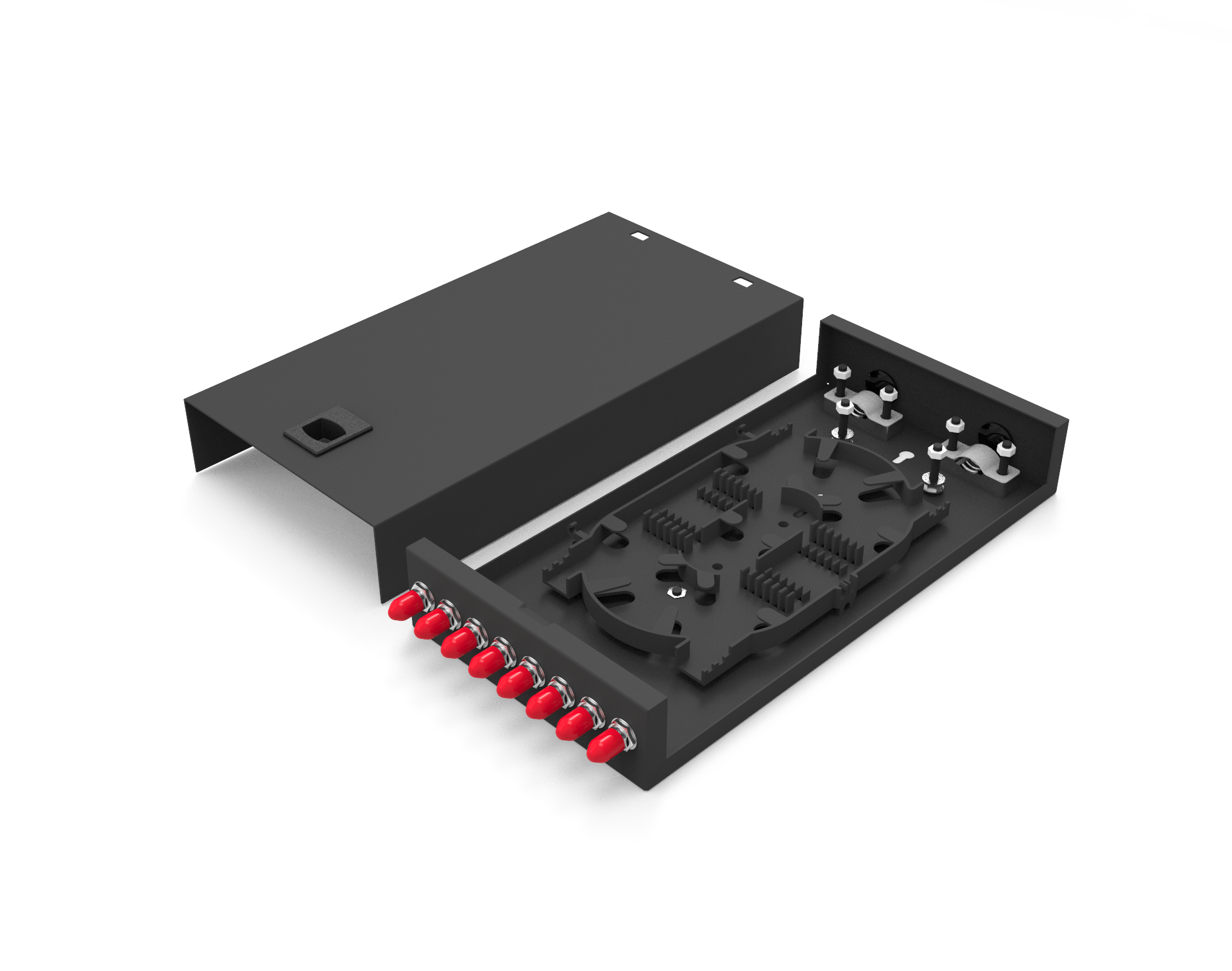
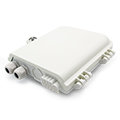
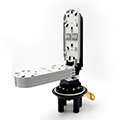
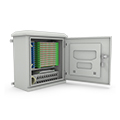
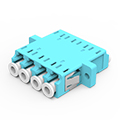
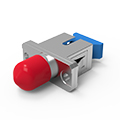
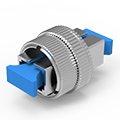
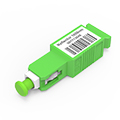
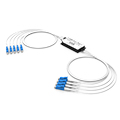
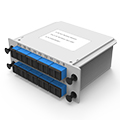
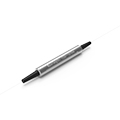
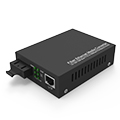
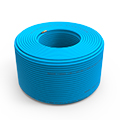
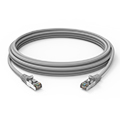
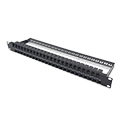
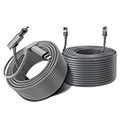
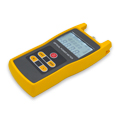
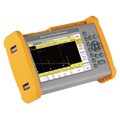
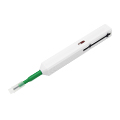
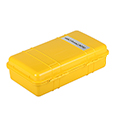
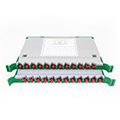
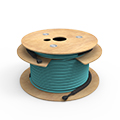



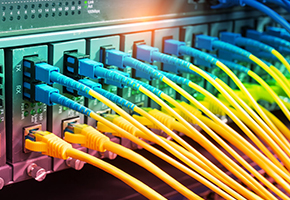




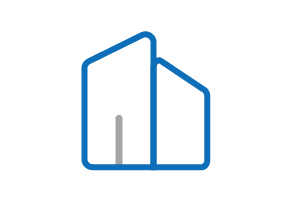









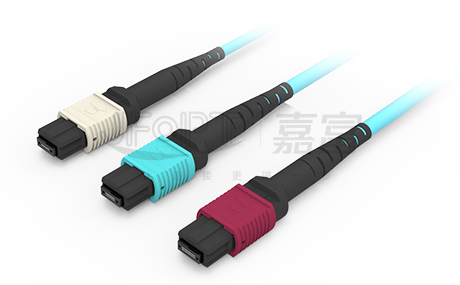
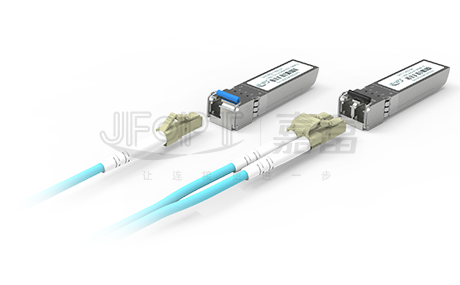
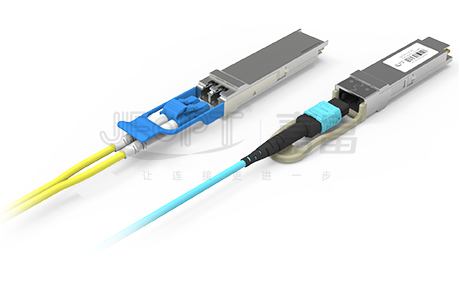
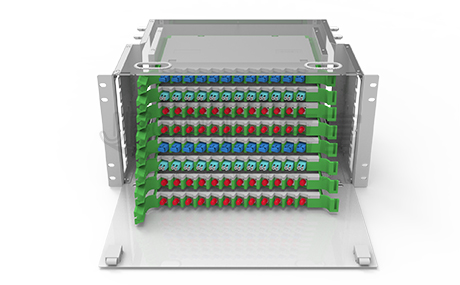
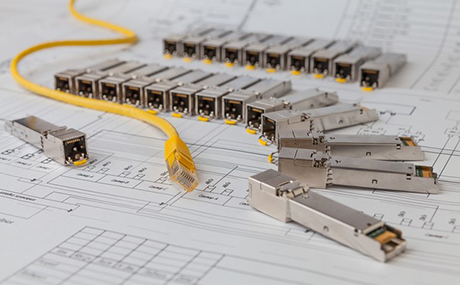
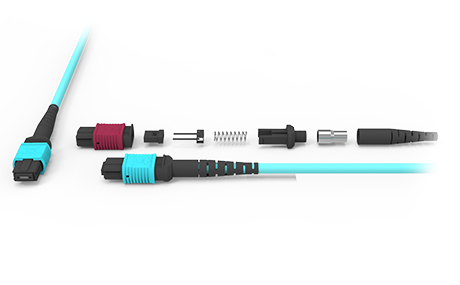
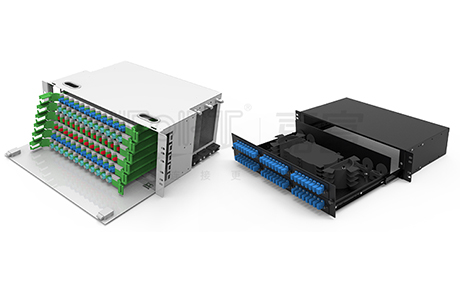
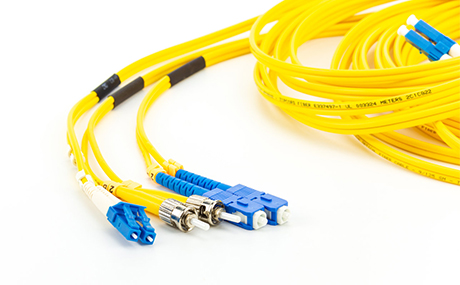
 Ann
Ann












